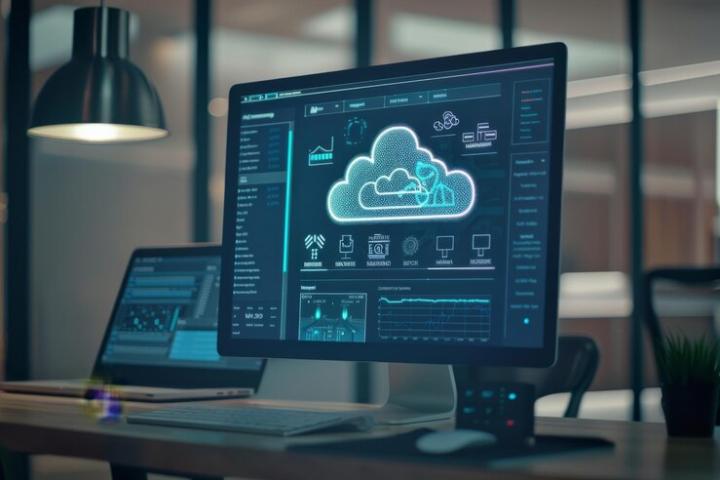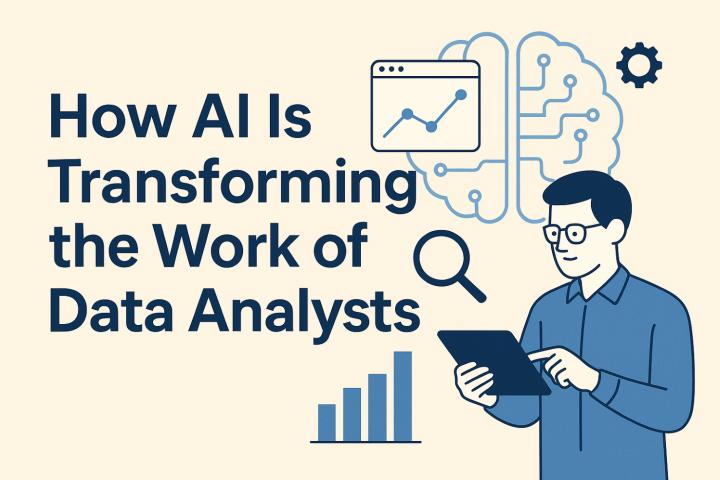As the world becomes increasingly digital, the demand for data centers continues to soar. Data centers are the backbone of the internet, supporting everything from cloud computing to online services, and powering industries ranging from finance to healthcare.
However, their growth has raised significant environmental concerns. The energy consumption of data centers is vast, and they are often seen as one of the largest contributors to global carbon emissions due to their reliance on traditional power grids.
In response to this, the concept of green data centers is rapidly gaining momentum as businesses, governments, and the tech industry push for a more sustainable approach to powering the digital infrastructure.

What Are Green Data Centers?
A green data center refers to a facility designed, built, and operated with the goal of minimizing its environmental impact. This is achieved through various strategies, including energy-efficient technologies, renewable energy usage, advanced cooling systems, and the adoption of eco-friendly construction materials.
The ultimate goal is to reduce carbon emissions, conserve water, and lower overall energy consumption while maintaining the performance and reliability of critical data services.
Reliable On-Demand Remote Hands Services Rome for IT Solutions | Reboot Monkey
The Driving Forces Behind the Green Data Center Movement
The shift towards green data centers is being driven by several factors:
- Environmental Concerns
The global push to address climate change has led to increased pressure on industries, including tech, to reduce their carbon footprints. Data centers consume massive amounts of energy to power and cool their servers, and as digital infrastructure continues to expand, the environmental impact becomes harder to ignore. By adopting sustainable practices, the tech industry can contribute to global efforts to reduce greenhouse gas emissions and combat climate change. - Corporate Social Responsibility (CSR)
Many technology companies are incorporating sustainability into their business models to meet the demands of environmentally-conscious consumers and investors. Companies like Google, Microsoft, and Amazon have already committed to running their data centers on 100% renewable energy. This push for sustainability has not only been about enhancing brand reputation but also aligning with a broader societal shift toward responsible environmental stewardship. - Regulatory Pressures
Governments around the world are beginning to impose stricter regulations on energy usage and emissions, with some countries mandating that data centers reduce their carbon emissions to meet climate goals. For instance, the European Union has introduced stringent data center regulations that require operators to disclose their energy usage and carbon emissions. Such regulations are prompting businesses to invest in more energy-efficient infrastructure and operations. - Cost Savings and Efficiency
While the initial investment in green technologies may be high, the long-term operational savings can be significant. Energy-efficient data centers not only reduce power consumption but also lower cooling costs and minimize operational downtime. Many companies have found that green data centers are more reliable, require fewer repairs, and offer long-term cost benefits, making them a smart business decision.
Expert Milan Data Center Tech Support Remote Hands Assistance | Reboot Monkey
Key Strategies for Achieving Sustainability in Data Centers
To achieve sustainability, data centers are adopting a range of technologies and operational practices:
- Renewable Energy Sources
One of the cornerstones of green data centers is the transition from fossil fuels to renewable energy sources, such as solar, wind, or hydropower. Large-scale tech companies like Google, Amazon Web Services, and Facebook have made significant strides in powering their data centers with renewable energy. This transition not only helps reduce the carbon footprint but also supports the renewable energy sector by driving demand for green energy. - Efficient Cooling Systems
Cooling accounts for a large portion of a data center’s energy consumption. Traditional cooling methods, like air conditioning, are energy-intensive and less efficient. In contrast, modern green data centers employ innovative cooling technologies, such as liquid cooling, free-air cooling (using external ambient air), and immersion cooling (where servers are submerged in non-conductive liquids). These advanced methods can drastically reduce the energy used for cooling and improve the overall efficiency of the facility. - Energy-Efficient Hardware
The hardware used in data centers — particularly the servers — can have a substantial impact on energy usage. Many green data centers are transitioning to energy-efficient servers that consume less power while offering the same or better performance. Companies are also investing in custom-designed hardware optimized for energy efficiency, such as ARM-based processors, which use less power than traditional x86 chips. - AI and Machine Learning for Optimization
Artificial Intelligence (AI) is increasingly being used to optimize data center operations. AI and machine learning algorithms can monitor and adjust power usage, cooling requirements, and workload distribution in real time. For example, Google’s data centers have employed AI to optimize cooling by analyzing historical temperature data and adjusting the flow of cool air as needed, resulting in significant energy savings. - Green Building Certifications
Many data center operators are seeking certifications like LEED (Leadership in Energy and Environmental Design) to demonstrate their commitment to sustainability. These certifications ensure that the facility meets certain environmental standards in areas like energy efficiency, water usage, and sustainable construction practices. - Recycling and Waste Reduction
Green data centers are also adopting waste-reduction practices, such as recycling old hardware and reusing materials wherever possible. Some data centers even capture the waste heat generated by servers and repurpose it for nearby buildings, reducing overall energy consumption and helping to create a more sustainable urban infrastructure.
Challenges in Building Green Data Centers
Despite the benefits, building and operating green data centers comes with its challenges. One of the main obstacles is the high upfront cost of adopting energy-efficient technologies and building sustainable infrastructures.
While these investments pay off over time through reduced energy bills and operational costs, the initial capital required can be a barrier for some companies.
Another challenge is the ongoing demand for data processing power. As the world becomes more connected and data-driven, the need for larger and more powerful data centers continues to grow.
Balancing this demand with sustainability goals can be difficult, especially as data centers expand to accommodate ever-increasing workloads.
The Future of Green Data Centers
As environmental regulations tighten and businesses continue to prioritize sustainability, the future of data centers will likely be dominated by green technologies.
Rack and Stack Services: Harnessing the Full Potential of Rack and Stack Services | Reboot Monkey
The rise of renewable energy, combined with innovations in cooling systems, energy-efficient hardware, and AI-powered optimization, is transforming the data center landscape. In the coming years, more data centers will embrace green initiatives, pushing the industry toward a future where sustainability is not just an option but the standard.
In conclusion, the transition to green data centers is an essential step in addressing the environmental challenges posed by our digital age. By reducing energy consumption, utilizing renewable energy sources, and adopting advanced technologies, the data center industry can play a pivotal role in reducing global carbon emissions.
Server Migration Service: Simplify Your Move to Better Infrastructure | Reboot Monkey
For businesses, investing in green data centers is not just a matter of corporate social responsibility — it’s also a smart, long-term business strategy that aligns with the growing demand for sustainable practices across all industries.













